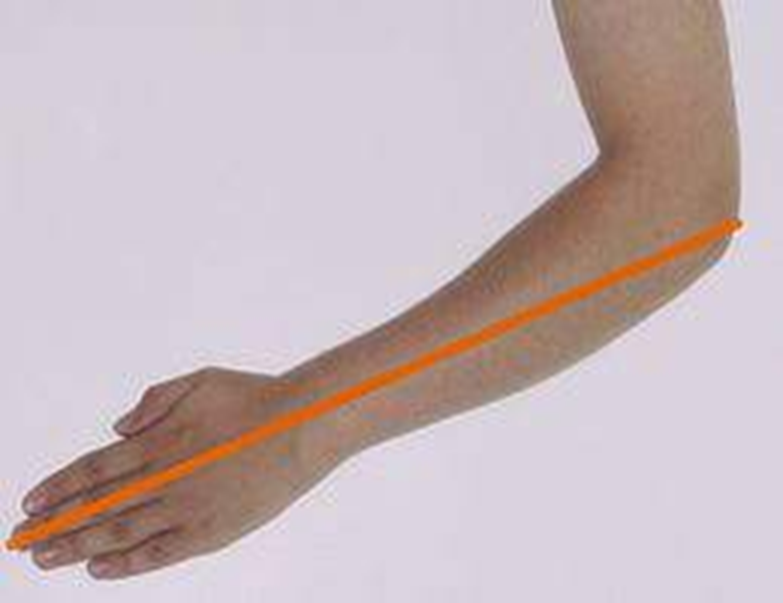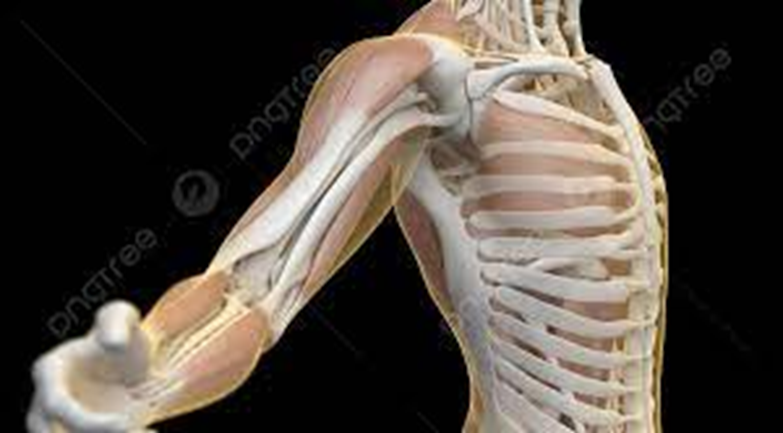Definition of the meanings of the term "Ighil" in the Amazigh language

Meanings of Amazigh names (Ighil ⵉⵖⵉⵍ)
The North African region is full of the original Amazigh names and typologies of cities, villages and places in Morocco, Algeria, Tunisia, Libya and Sahara, without forgetting the Canary Islands.
The name Ighil, which is widespread throughout North Africa, means in the Amazigh language it is the outstretched arm, as a primary identity for the name, but there are other uses of the name Ighil based on its prior interpretation.
Eagle is a symbol of strength
In Amazigh culture and Amazigh linguistic expression, Ighil is also used to show off strength, such as using arms in fencing, such as wrestling, or professional use, and other uses related to the arm in Arabic, and Ighil in Amazigh.

Eagle and her relationship with cuddling
Defining the meaning of Igil is not limited to one task and one expression, but rather it has several meanings and a simile in one origin. Igil also expresses the way a woman carries her child in her arms, but it is used in a sentence, for example:
(Tika Thumgart Yewis g Igil ⵜⴳⴰ ⵜⵎⵖⴰⵔⵜ ⵢⵉⵡⵉⵙ ⵖ ⵉⵖⵉⵍ)
The Arabic explanation: The woman held her child in her arms.

Eagle and its relationship to a unit of measurement
An ancient unit of measurement before the advent of the meter, the name Egil or Egil, which means the arm in the Arabic language, has a rich history that extends across cultures and civilizations. Berber Iguil was defined as the length of the forearm from the elbow to the tip of the middle finger, and served as a versatile unit for various purposes such as measuring fabric, constructing buildings, and even determining the dimensions of sacred structures.
Throughout history, different cultures have developed their own differences in arm size, resulting in slight variations in its length. Although eventually replaced by a more standardized scale, the Eagle remains a fascinating relic of the past and present and a testament to man's ingenuity in the field of measurement.

The cubit, an ancient unit of measurement among the Berbers in Tamazgha regions before the advent of the meter, played an important role in human history. The use of eagle was common in ancient Berber civilizations, such as the Egyptians, Babylonians, and Greeks, as a means of measuring length. It has typically been defined as the distance from the elbow to the fingertips, providing a standardized unit that can be used in different contexts. The eagle served as an essential tool for construction, because it allowed builders to accurately measure and plan the dimensions of buildings and structures.
The ancient unit of measurement, the Egil, before the advent of modern means shared among peoples. The Ighil measurement unit has been exploited in various biometric measurements, measuring walls, measuring clothes, wooden poles, and other important purposes in the life of an Amazigh person. Amazigh culture may be similar to ancient world civilizations, such as the Pharaohs, Babylonians, Hebrews, and Greeks. Eagle has typically been defined as the space between the elbow and the fingers being elongated.

The ancient unit of measurement before the advent of the meter was the cubit. The use of the arm was common in many ancient Berber civilizations, as well as ancient Egypt and Greece. It was based on the length of a person's forearm from the elbow to the tip of the middle finger. This made it a convenient and universally applicable unit of measurement.
Egil, Egil, Tegelt, Tegult, Tegula, Egalen, Egalen
ⵉⵖⴰⵍⵍⵏ ,
Egil to describe a group
We may also call the margins of valleys carrying rainwater in the winter or in other seasons when the valleys are not flowing.
Ighil or Tagholt is used to refer to an orchard that can be tilled and produced. The plural of Tagholt is Tegula, and the plural of Ighil is Igalen. In Morocco and Algeria, this name is found frequently to describe and give names to districts, villages, and cities as well. The name Ighil is found in Amazigh typography in North Africa in general.
Douages and villages bearing the name Egil
In Marrakesh, Morocco, there is a roundabout or village of Ighil, and in Ait Baha in Souss there are douars with this name as well, the Douar of Ighil Balaghen, and in the same area there is a tribe called Azur Ighalen.
In Algeria, in the Kabylie region, this name is found according to the regions and terrain formations of the Kabylie region.
Eagle to describe a body organ

The human body is a wonderful, complex machine made up of different parts and systems that work together to ensure its proper functioning. Among these parts, Avos and Egil play a crucial role in our daily life. The hand, with its complex network of bones, muscles, and tendons, allows us to grasp, manipulate, and interact with objects in our environment.
On the other hand, the eagle acts as a hinge joint that connects the upper arm bone to the forearm bone, allowing basic movements such as flexion and extension of the arm. In the world of anatomy, there are some common structures that play a crucial role in the functioning of the human body. One such joint that is often overlooked, but is of great importance, is the elbow. The elbow joint is located between the arm and the forearm, and not only allows flexion and extension of the arm, but also facilitates rotation of the forearm. Understanding the complex workings of the elbow joint is essential to understanding the complexities of human movement and coordination.

The human body is a complex and fascinating machine, with every part playing a crucial role in our daily activities. From the moment we wake up until the time we go to sleep, our body is constantly moving and performing different tasks. One part of the body that often goes unnoticed, but is vital in our daily movements, is the elbow. The elbow is the joint that connects the forearm to the upper arm, allowing the arm to be flexed and extended.
Source: websites

